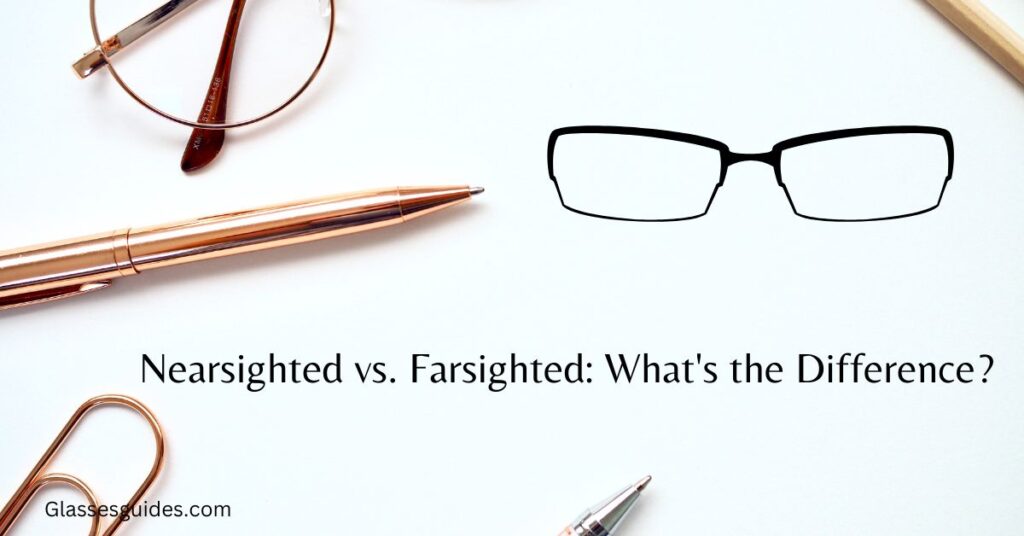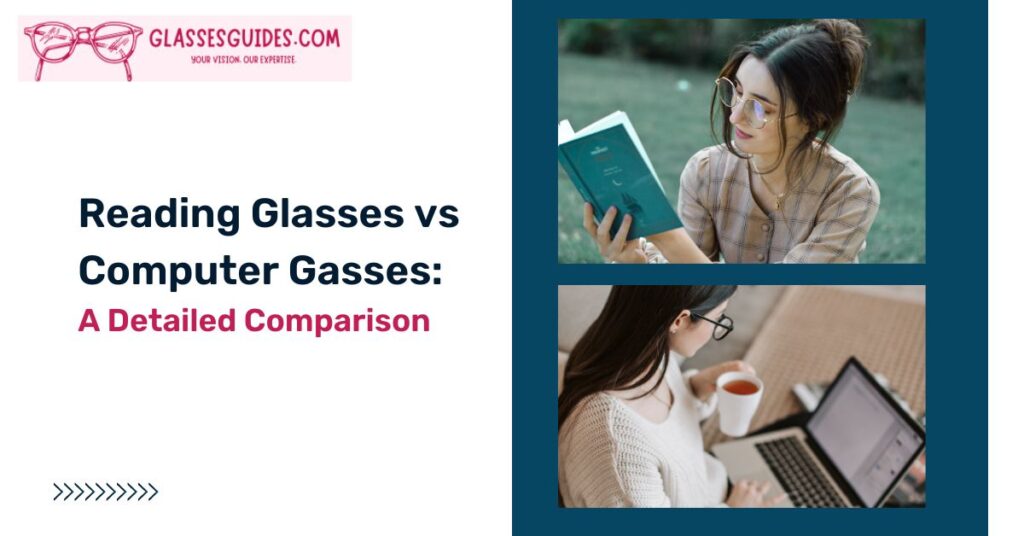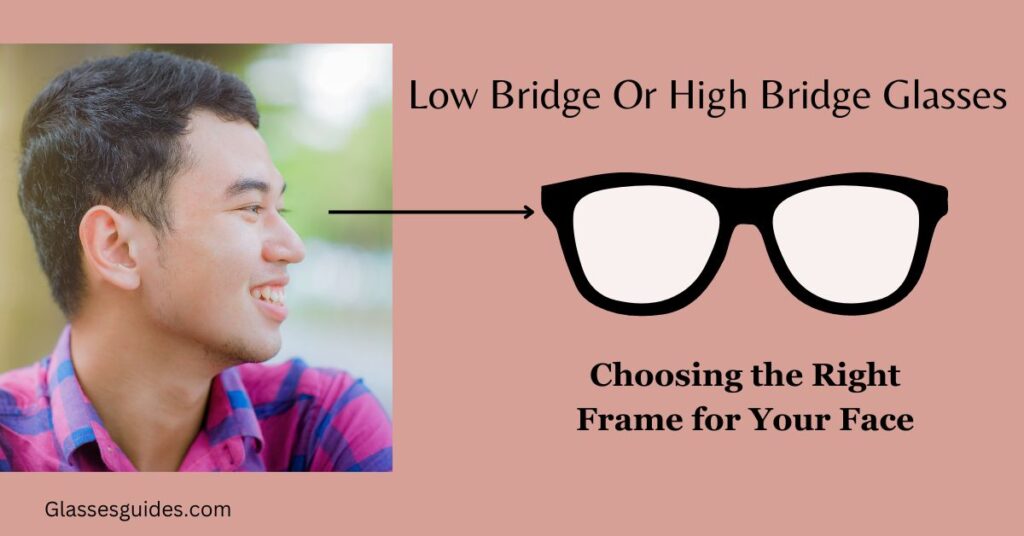Nearsightedness (myopia) and farsightedness (hyperopia) are two common vision problems that many people encounter. Both conditions can affect your ability to see clearly, but they do so in different ways. Understanding the disparities between nearsightedness and farsightedness is crucial for determining which one might be affecting your vision. To clarify the main distinctions between these two situations, let’s get more specific.
Table of Contents

Symptoms of Nearsightedness vs Farsightedness
Nearsightedness
- Blurry vision when looking at distant objects: If you find that objects in the distance appear fuzzy or unclear, you may be experiencing nearsightedness.
- Clear near vision: Conversely, individuals with nearsightedness typically have a clear vision when looking at objects up close.
- Eyes may feel strained or experience headaches when focusing on distant objects: Strain or headaches when trying to focus on things far away can be indicative of nearsightedness. If you frequently experience discomfort in your eyes or head when looking into the distance, it could be a sign of this condition.
Farsightedness
- Blurry vision when looking at close-up objects: Farsighted individuals often struggle with seeing objects up close clearly, which can result in blurred vision when reading or performing tasks that require near vision.
- Clear distant vision: Unlike nearsightedness, where distant objects appear blurry, those with farsightedness typically have clearer vision when looking at objects far away.
- Eyes feel strained when reading or doing close work: If you experience eye strain or discomfort while engaging in activities that require focusing on nearby objects, such as reading or working on a computer, it could be a symptom of farsightedness.
Causes and Risk Factors
Nearsightedness
- Caused by the eyeball being longer than normal: Nearsightedness occurs when the eyeball is elongated, causing light rays to focus in front of the retina rather than directly on it. This leads to blurred vision when looking at distant objects.
- Associated with frequent near work, genetics, ethnicity: Engaging in activities that require close-up vision, such as reading or using electronic devices for extended periods, can contribute to the development of nearsightedness. Additionally, genetics and ethnicity play a role in predisposing individuals to this condition.
Further reading: How to keep your glasses from falling off during sports?
Farsightedness
- Caused by the eyeball being shorter than normal: Farsightedness occurs when the eyeball is shorter than average, causing light rays to focus behind the retina instead of directly on it. This results in difficulty seeing objects up close clearly.
- More common in young children, associated with premature birth: Farsightedness is often more prevalent in young children and may improve with age. Premature birth can also be a risk factor for developing farsightedness.
Tips for Managing Nearsighted vs. Farsighted Vision
For both
- Get regular eye exams: Regular visits to an eye care professional are essential for monitoring your vision health and ensuring that any changes in your eyesight are promptly addressed.
- Use prescribed glasses/contacts: Wearing glasses or contact lenses prescribed by your eye doctor can help correct refractive errors and improve your vision clarity.
- Take eye breaks when doing near/far work: To alleviate eye strain, take regular breaks when engaging in activities that require prolonged focusing, whether it’s on close-up tasks like reading or distant tasks like driving.
- Improve lighting when reading: Adequate lighting is crucial for reducing eye strain during reading or other close-up activities. Ensure that your environment is well-lit to facilitate comfortable vision.
Unique tips
Nearsighted
- Reduce glare: Minimize glare from screens and bright lights by adjusting your screen settings or using anti-glare filters. This can help alleviate eye discomfort associated with nearsightedness.
- Sit near the front of the class: If you’re a student, sitting closer to the front of the classroom can help compensate for nearsightedness, making it easier to see the board or presentations.
Farsighted
- Use a magnifying glass for reading: When reading small print or engaging in close-up tasks, using a magnifying glass can help enhance clarity and reduce eye strain for individuals with farsightedness.
- Get computer glasses: Consider investing in glasses specifically designed for computer use, which can provide optimal vision correction and reduce digital eye strain associated with prolonged screen time.
Conclusion
Overall, keeping the best possible eye health requires a grasp of the differences between nearsightedness and farsightedness. Although they both have the potential to impair eyesight, they do so in distinct ways.
While nearsighted people have good vision up close, they may have fuzzy vision when gazing at distant things. Conversely, farsighted people usually have clear distance vision but have trouble seeing items up close.
You can effectively manage your eyesight by being proactive in identifying the symptoms of each problem and learning about its causes and associated risk factors. Addressing nearsightedness and farsightedness can greatly enhance your quality of life, whether it is through the use of corrective lenses, routine eye checkups, or the application of specialized techniques catered to your individual needs.
Keep in mind that seeking individualized advice and treatment alternatives from an eye care expert is crucial if you are having any discomfort or vision issues. You can keep your vision pleasant and clear for many years to come with the right maintenance and care.
FAQ
What is the main difference between nearsightedness and farsightedness?
Nearsightedness (myopia) causes distant objects to appear blurry, while close-up vision remains clear. In contrast, farsightedness (hyperopia) results in clear distant vision but blurry close-up vision.
Can nearsightedness and farsightedness be corrected?
Yes, both conditions can be effectively managed through various methods, including glasses, contact lenses, or refractive surgery.
Are nearsightedness and farsightedness hereditary?
Yes, genetics play a significant role in the development of both nearsightedness and farsightedness. If one or both parents have either condition, there’s an increased likelihood of their children developing it as well.
How can I tell if I’m nearsighted or farsighted?
If you experience blurry vision when looking at distant objects but clear vision up close, you may be nearsighted. Conversely, if you struggle with seeing close-up objects clearly but have clear distant vision, you may be farsighted. However, a comprehensive eye exam by an optometrist or ophthalmologist is necessary for an accurate diagnosis.
Can nearsightedness or farsightedness worsen over time?
Yes, both conditions can progress over time, especially if left untreated. Regular eye exams are essential for monitoring changes in vision and adjusting corrective measures as needed.
Are there any lifestyle changes I can make to improve my nearsighted or farsighted vision?
Maintaining a healthy lifestyle, including a balanced diet rich in eye-friendly nutrients, regular exercise, and adequate rest, can support overall eye health. Additionally, practicing good eye habits, such as taking regular breaks from screen time and protecting your eyes from harmful UV rays, can help preserve your vision.



